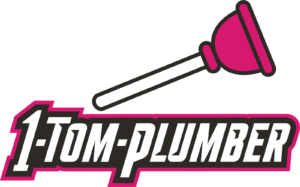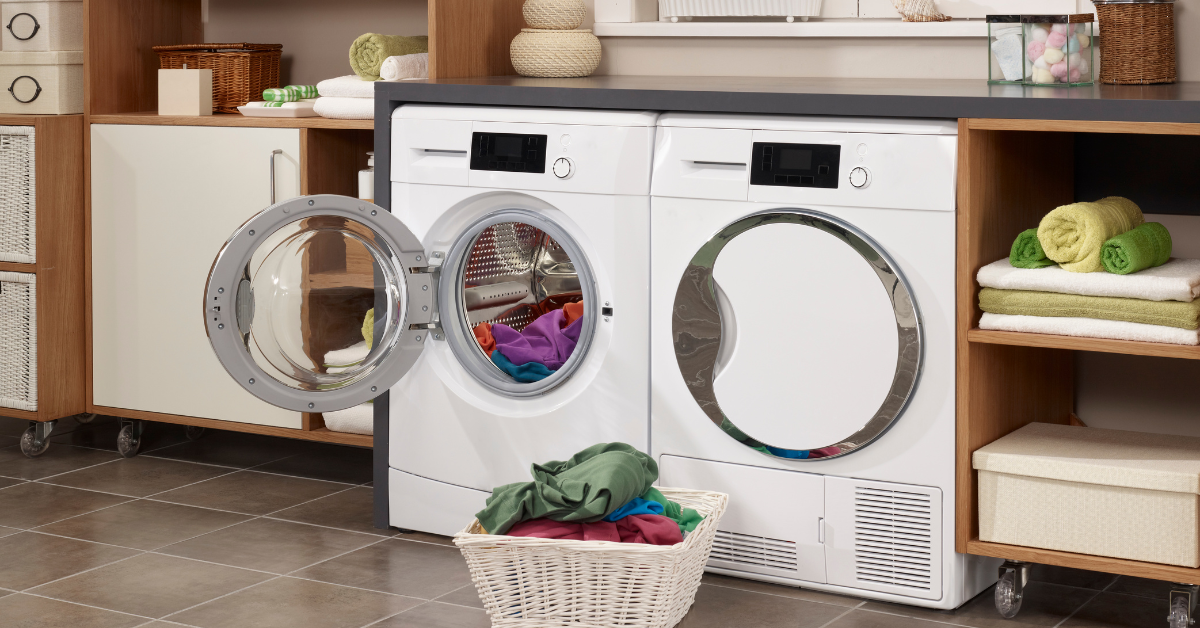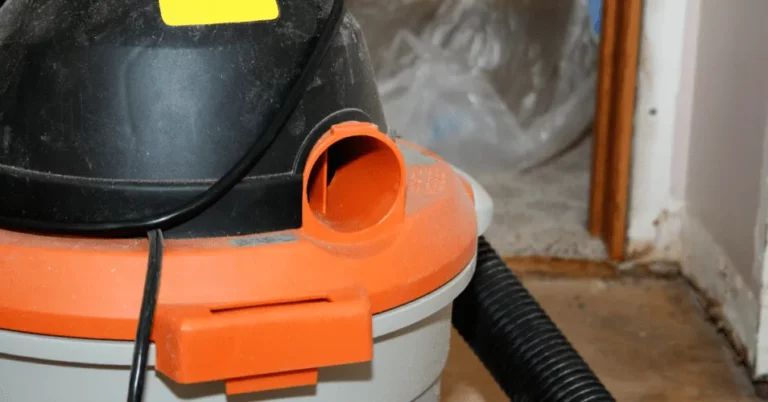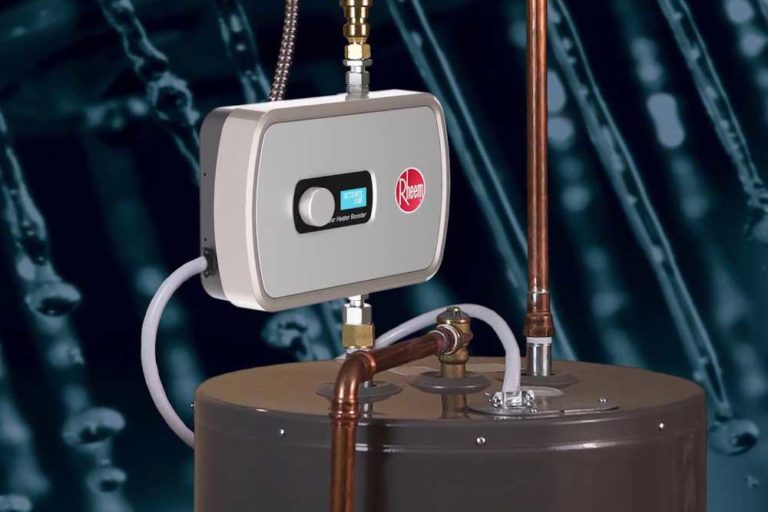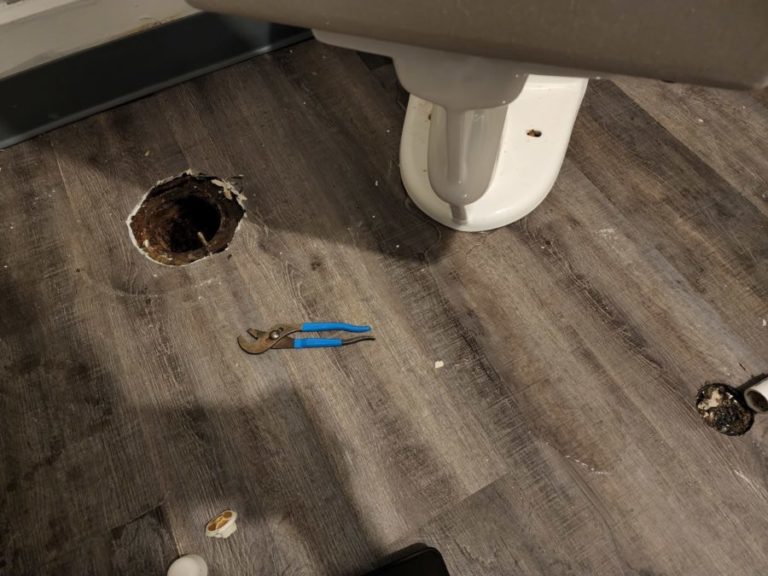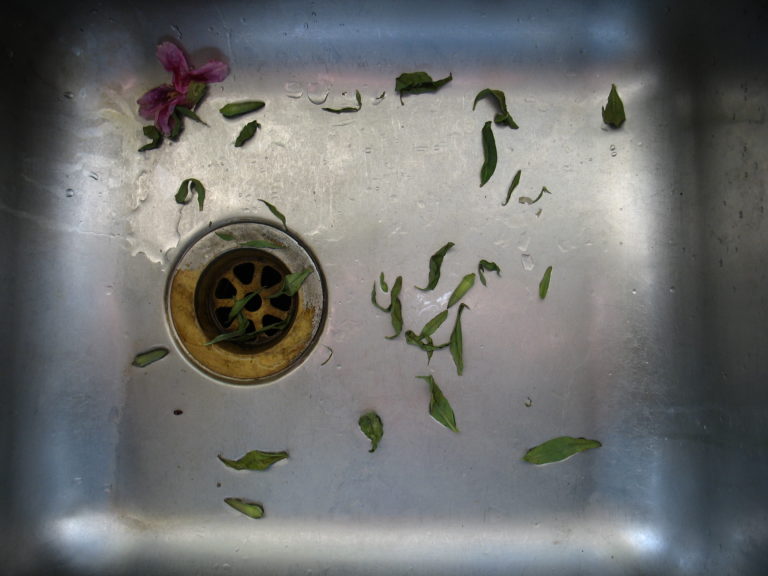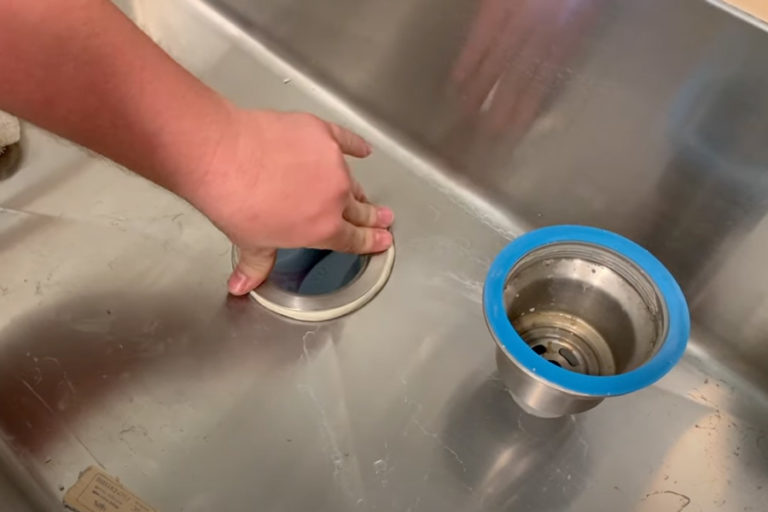How to Save Water in Your Laundry Room
Washing machines consume a lot of water. Laundry is one of the most common uses of water in American households, consuming approximately 16% of home water usage. There are various methods for reducing water consumption in the laundry room. So, how can you reduce your water consumption?
Choose the Right Washer
Front loading washing machines are often the most water efficient option. According to the US Department of Energy, a standard full-sized washing machine uses 20 gallons of water per load, whereas an Energy Star-labeled washing machine uses 14 gallons of water. This can save up to around 1,800 gallons of water per year.
Because of the gentle tumbling movement produced, the design of a front load washer provides a thorough wash while utilizing a fraction of the water required in a top-loader. If you can’t live without a top-load washer, go for a high-efficiency model. Instead of a central agitator, these washers employ an impeller to move the clothing around in the detergent/water combination.
The water factor rating is an important consideration when choosing a washer for water conservation. The lower the grade, the more water efficient the washing machine. The rating is based on the amount of water used per cubic foot of washer load capacity. The EPA publishes a list of the most energy-efficient washers for each model year.
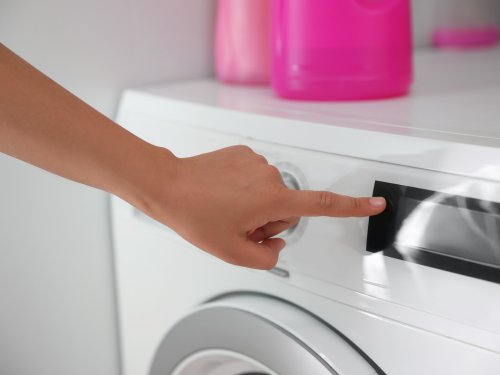
Consolidate Laundry Loads
Several people running tiny loads of their own clothes is one of the largest drags on household water conservation. Because each person is unlikely to entirely fill the washing machine, any surplus water that could have been utilized to clean more items is simply wasted.
Thus, the simple approach is to put everyone’s clothes into one large load and sort through them afterwards to segregate. It may take you a bit longer, but it will all be worth it when you receive your water bill.
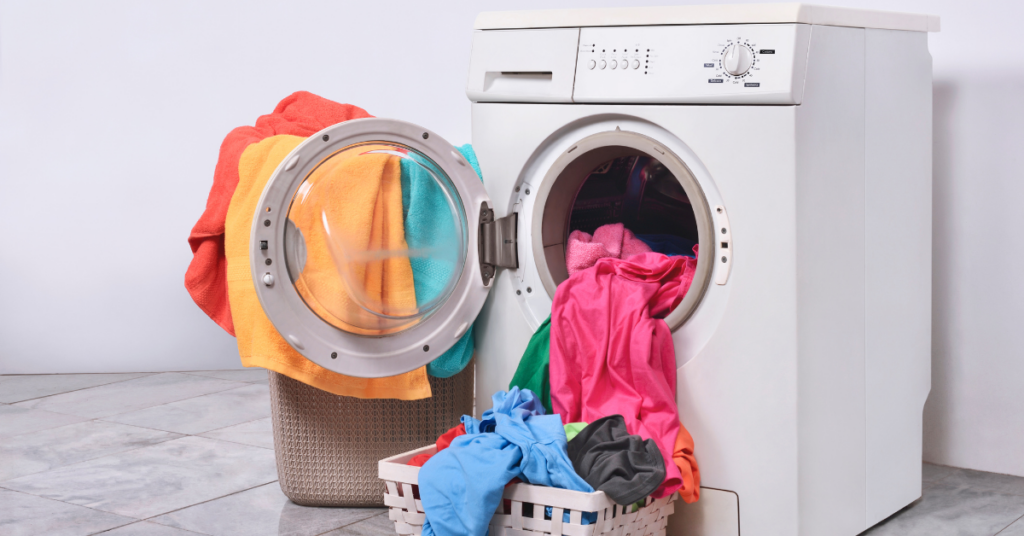
Utilize the Correct Cycles and Load Sizes
The most water-efficient option is to do a full load of laundry. Take the time to alter the settings to the smallest capacity feasible if you only have a few items to clean. Choosing the appropriate cycle for each load will save water and enhance cleaning performance.
Skip the extra rinse cycle on your machine unless you have a specific problem. You don’t need it if you use the proper amount of detergent and load the washing correctly.
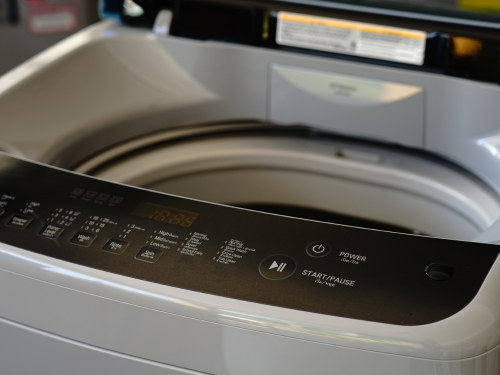
Check for Leaks
Even a minor leak might cause your water costs to continually rise, even if you are attempting to limit your water usage. Even when not in use, washers and laundry sinks can use water due to leaks and drips.
Spend a few minutes cleaning up the laundry room. Examine your washer for leaks and drips, paying close attention to hose connections and other sensitive areas. Check the floor surrounding and beneath the appliances as well—if you see puddles, you’ve discovered a problem.
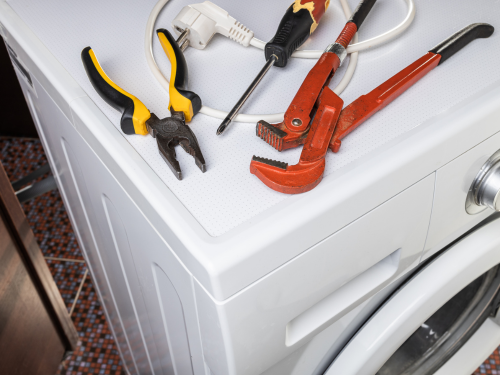
Concentrated Detergents
This is a minor step toward water conservation, but it will undoubtedly save you water and money in the long run. Concentrated detergents work great and save manufacturers money on adding water and shipping pricey bottles.
Final Thoughts
In conclusion, there are multiple ways you can save water in your laundry room. Make sure you are picking the right washer, run correct load sizes, check for leaks, and use concentrated detergents. These small changes could lead you see a change in your water bill every month!
Call 1-Tom-Plumber
Don’t hesitate to contact us here or call us at 1-Tom-Plumber (1-866-758-6237) if you need any plumbing help with your faucets. 1-Tom-Plumber’s certified team of plumbers and drain technicians respond immediately to any emergency plumbing, drain cleaning, or water damage problem.
We also handle the excavation of underground water lines and sewer main lines. Our immediate-response team is available every day and night of the year, even on holidays.
